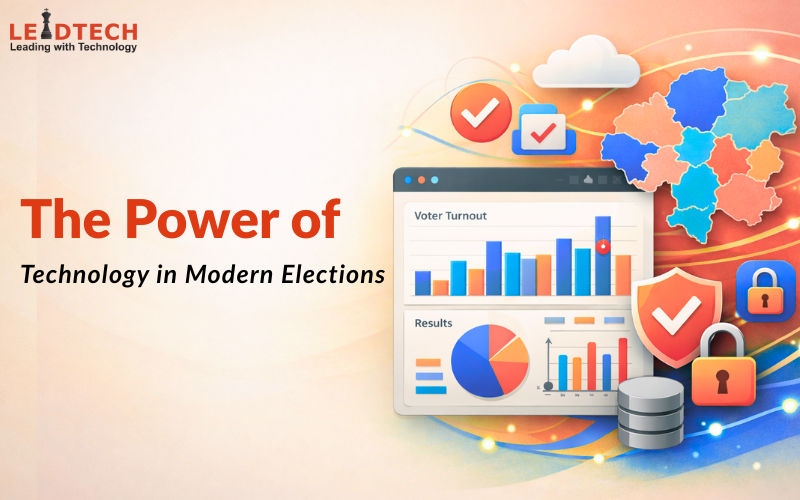The term Monsoon derives from the Arabic word which means a seasonal reversal in the direction of winds. It is well-known fact that agriculture is the backbone of the Indian economy but due to its high dependence, is considered a gamble against the Monsoon. Monsoon plays a key role particularly in the season of kharif but it has deep-rooted consequences on the economy and our lives throughout the year. As economists say “the impacts of Demonetization and GST are still visible on our economy but covid-19 added fuel in the fire. In 2020-21 we have witnessed worst ever contraction in our economy while agriculture registered 3.6% positive growth”. In this article, we have tried to establish the relation between Monsoon and Indian economy and the impact of covid-19.
How monsoon can affect the Indian Economy
Monsoon is likely to be normal this year in India, marking a hat trick as per Skynet. It has also said that the South-West monsoon in 2021 is likely to be normal at 103% of the LPA which starts from June, brings India 70% of its annual rainfall.
India agriculture and food supply:
As Indian agriculture is heavily dependent on monsoon that’s why for farmers, water is more valuable than gold. Approximately 65% to 70% of people are dependent on agriculture and allied activities either directly or indirectly and around derived their livelihoods. Agriculture to GDP contribution stands for 19% (subject to vary based on revised estimation). There is a direct relationship between food security and monsoon. A decrease in monsoon results in low production of food grains, increase price rise, and low demand that affects the whole food supply chain.
Impacts on GDP:
As per the latest figure agriculture in India contributes around 19.9% to GDP. Any changes in the monsoon pattern would affect the volume of agriculture production, decrease in the availability of raw materials for the industries/sectors dependent on agriculture that results in an overall reduction in economic activities.
Balance of trade:
Balance of trade is also depend on changes in monsoon. If the monsoon is favorable then there would be an increased in the volume of production. While in case of failure of monsoon then there would be a negative balance of trade which resulted into the fall of revenue and increased in government expenditure.
Rural Economy:
India predominantly being an agriculture driven economy and roughly 65% to 70% of the population depends on agriculture and are driving their livelihoods through agricultural and allied activities. Rural economy has played a critical role in the lives of masses (as the majority of people reside in the rural area). It helps in providing farms related employment, eradicating poverty, and channelizing cash flow but as stated above that monsoon like a gamble. Failure of monsoon would affect the whole cycle of the rural economy, their livelihoods, and increase in government expenditure.
Why monsoon is important to recover the Indian Economy from Pandemic
A good monsoon plays a very important role in the Indian Economy due to the following reasons. 60%-70% of our population is dependent on agriculture. 56% of India’s net sown area (land of which cultivation is done at least once a year) is dependent upon monsoon for watering the crops. 56% area produces around 44% of India’s agricultural output. A good monsoon results in a good harvest and bumper production. For the past 2 years, 2019-20 and 2020-21, food grains production in India has touched a record high.
Key Highlights: Survey facts from Ministry
The finance minister, Ms. Nirmala Sitharaman tabled the economy survey 2020-21 on January29, 2021 and stated that in 2020-21, the growth rate of agriculture is estimated to be 3.4%, while the contribution of the sector to GVA (gross value added) declined from 18.3% to 17.8% between 2014-15 and 2019-20. It is estimated to increase to 19.9% in 2020-21. This is because the agricultural sector faced not much disturbance on an account of the COVID-19 pandemic as compared to the non-agricultural sector.
How Pandemic has effect the Indian Economy over a year (in context of monsoon)
Agriculture Marketing:
Bumper production increases the food security of the country, this leads to an increase in stocks which are then used to provide free ration to the poor. India currently has 3.5 times more stocks than the buffer norms fixed in January 2015. These stocks were used last year to provide free ration to 80 crore beneficiaries for 8 months to help them tide over the economic devastation caused by the pandemic and the lockdowns. This policy is being implemented this year in the second wave as well. A normal south-west monsoon along with comfortable buffer stocks should help to keep cereal price pressures in check. The weightage of food items in the Consumer Price Index which is used to measure inflation is 50%.
Market Rise:
A normal south-west monsoon along with comfortable buffer stocks should help to keep cereal price pressures in check. The weightage of food items in the Consumer Price Index which is used to measure inflation is 50%. Hence a normal monsoon would ensure that inflation remains in the band of 4%-6% as targeted by the Reserve Bank of India. Low inflation will help the Reserve Bank of India to continue with its stance of keeping interest rates low. Generally, central banks resort to an increase in interest rates to tackle high inflation. A low rate scenario is required at a time when the Indian economy is battling the economic fallout of the pandemic. This will help fuel growth as it makes credit affordable. High rates will be a dampener at this juncture.
Effecting the rural sector:
India is a predominantly rural economy with 65% of the population residing in villages. The rural economy contributes 45%-50% to our gross domestic product. India is a predominantly consumption-dependent economy unlike China which is export-oriented. A higher rural income after a good harvest will boost demand for consumer goods, two-wheelers, and tractors. Consumption accounts for 55% of GDP, however, growth has been impacted in the last year due to the pandemic. A normal monsoon will provide a boost to rural incomes, rural demand, overall consumption, and hence to the GDP as well.
Inflation:
The Consumer Price Index (CPI) based inflation was 6.6% in 2020-21 (April-December). The inflation mainly due to food inflation which increased from 6.7% in 2019-20 to 9.1% in 2020-21 (April-December).
As stated above that agriculture is a gamble against the monsoon and it has social, economic, and political repercussions. The impacts of the Monsoon are not only confined to crops but also cut across the industries as well. Therefore we need to have a sound agricultural policy along with basic infrastructural developments so that we could increase our resilience power, minimize the risk against unprecedented challenges posed by Covid-19, and build our capacity and capability as well.




